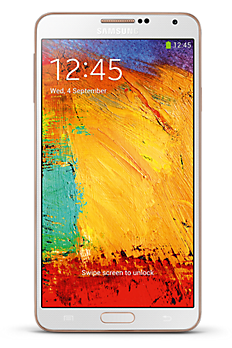The first-generation (1G)
The very first mobile phones are now referred to as first generation (1G) mobile phones. The first handheld phone to be released on the us market was the Motorola DynaTAC 8000X in 1983. Mobile phones started to gain popularity in the eighties with the introduction of cellphones that were based on cellular networks.
Mobile phones were originally much larger than current ones, & they were initially designed for installation in vehicles only, which is why they were called the car phone. These chunky units were later converted for use as transportable phones the size of a small suitcase & the rest is history.
The second-generation (2G)
Second generation, also called 2-G, mobile telephones were introduced in the nineties. 2-G telephone systems were different because of their use of digital circuit switched transmission & the introduction of advanced & quick telephone to network signals. The introduction of 2-G systems saw telephones move from historic 1G telephones to small hand held items, which were much more portable. This change was made possible through improvements in technology such as more advanced batteries & energy efficient electronics.
The second generation mobile telephones had several advantages over 1G items. These included SMS messaging, which initially became possible on GSM networks & eventually on all digital networks. The very first machine-sent message was sent in Great Britain in 1991. The very first person-to-person SMS text message was sent in 1993 in Finland. SMS text messaging soon became the communication method of choice & the general public now prefer sending messages to placing voice calls.
The Third-generation (3G)
The first pre-commercial 3-G mobile phone network was launched in Japan in May of 2001. 3G was later commercially released in Japan on October, 1 2001.
3-G is the third generation of mobile phone standards & technology, which succeeded 2-G mobile technology. The birth of 3-G technologies enabled network operators including orange to give their users a wider range of advanced services. This includes broadband internet, in addition to high-tech video calls.
Despite the success of 3-G, there has also been many complaints about it. These include criticism over the cost of 3G phones, a lack of network coverage because it's still a new service & the high power usage of 3G phones.
The Latest Generation (4G)
4G is the new and improved version of 3G. Internet speeds are five times faster, and the internet connection is stronger so your internet won't suddenly slow down. There are already loads of phones available that can connect to 4G networks, while all the big new smartphones of the future will be compatible.
- Enhanced 3G/Interoperability
- High speed & IP- Based
- 4G is up to five times faster than 3G
- You'll get more data and inclusive benefits



Very interesting. Look forward to getting one of the latter.
ReplyDelete:) tanks
DeleteQuite an interesting read, keep up the good work :)
ReplyDeletethanks mill :)
DeleteHtc one or samsung s4
ReplyDeleteSamsung s4
DeleteYour blog was very informative and and interesting read. I will revisit this blog in the future for more update.
ReplyDeletethanks for your time
Delete